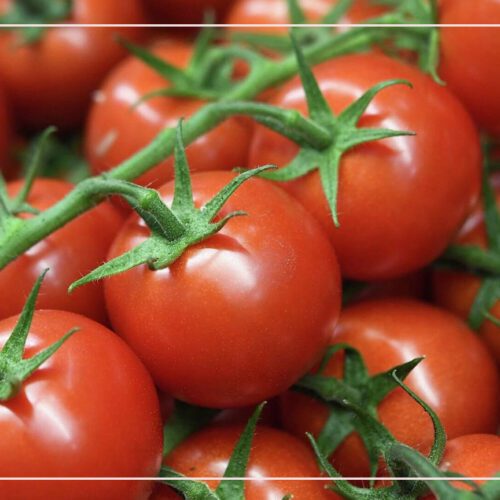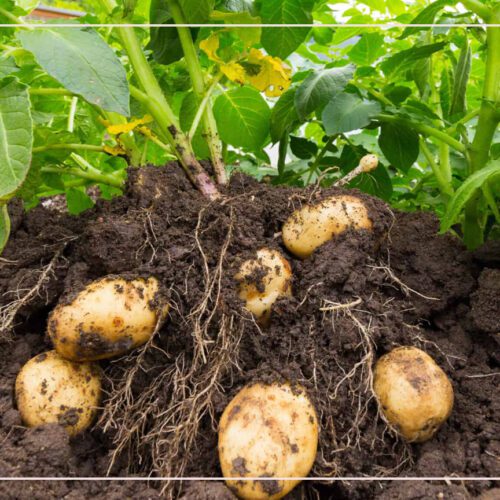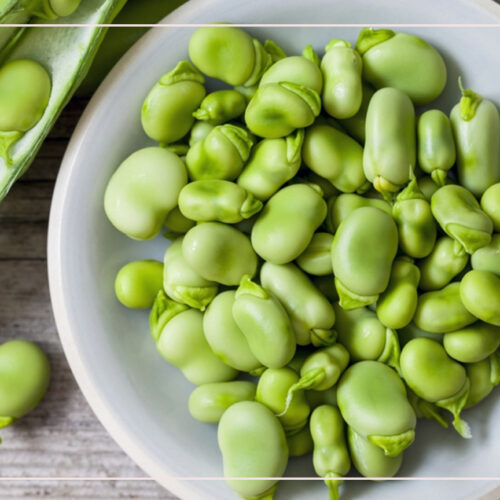
Improve Your Garden with Mycorrhizal Fungi
Mycorrhizal fungi are a remarkable association between plant roots and beneficial fungi. This mutually beneficial relationship extends the root area of plants, allowing them to absorb more water and nutrients from the soil. Mycorrhizas are essential for most wild plants, providing a wide range of benefits such as increased nutrient uptake, better drought resistance, and improved growth rates. In this article, we explore these tiny creatures to find out more basics about their symbiotic relationships.
What are mycorrhizal fungi?
Mycorrhizal fungi are beneficial fungi that form symbiotic relationships with plants. They help to improve the soil fertility and water retention capacity of soils while providing the plants with essential nutrients such as nitrogen, phosphorus, and potassium. Mycorrhizas also play an important role in improving the plant’s root system by increasing its absorption area and providing better access to water and minerals. In exchange for these benefits, mycorrhizal fungi take sugars from the plants to survive.
Phosphorus is not always available in ample supply in natural soils leading to a limited amount for plants since it occurs primarily in insoluble forms. Thus, having an extensive root system is not enough, and mycorrhizas are believed to be necessary for helping plants acquire phosphorus from these untended grounds.
Using phosphorus-rich fertilizers has been popular in agricultural land as they reduce the labor input required. Unfortunately, such fertilizers are thought to have a damaging effect on mycorrhizal fungi, hence it is advised to not apply them to areas where these fungi exist.
Fungi and plants would both be incapable of thriving in natural habitats if it were not for their symbiotic relationship. This relationship enables them to coexist in challenging environments.
How can we observe the presence of mycorrhizae?
Toadstools, also known as mushrooms, are a fascinating form of fungi that can often be found growing in the wild. In particular, toadstools that appear below trees and follow root runs can be indicative of ectomycorrhiza – a symbiotic relationship between fungi and plant roots. Interestingly, the presence of a fungal coating and an odd branching structure is also a sign of mycorrhiza living on the outside of plants.
Detection of endomycorrhizal, which are mycorrhizal organisms located within plants, requires specialized laboratory equipment.
Types of mycorrhizae:
There is no need to be worried about mycorrhizas. These fine fungal strands which constitute mycorrhizas are connected to the roots in two distinct forms:
Ectomycorrhiza (type of mycorrhiza which is found on the exterior surface of plants.)
- we call it called sheathing fungi
- Found mainly in association with tree roots
- Accumulate a substantial amount of material near the tiny feeder roots.
- Despite an outwardly unnatural appearance, root thickening and branching are beneficial to the plant due to the presence of fungal strands.
- Every fungus-plant association has its root branching pattern. As an example, pine tree root branches form a Y-shape while those of beech trees intersect perpendicularly.
- The fungal sheath extends branches interstitially between the outer cells of the roots for purposes of exchange.
- The intricate web of rootlets that extends from the primary root is known as a Hartig Net.
- Often mistaken for honey fungus, these toadstools are commonly found in gardens around trees as well as in nature. Gardners can recognize the difference because fruiting bodies are produced by many species of sheathing fungi.
Endomycorrhiza (type of mycorrhiza which lives within the tissue of a plant):
- Vesicular-arbuscular (VA) mycorrhiza is often referred to as such.
- Mainly associated with non-woody plants.
- Intercellular hyphae have been observed to grow within the roots connecting living cells.
- The hyphae extend from the cell, creating an extensive network outside it. This web enables the absorption of water and essential nutrients.
- Intermittently, strands create minute storage sacs known as vesicles.
- To exchange nutrients, fine specialized structures are known as Arbuscules branch and penetrate living cells.
How to apply it in my garden?
Incorporating organic gardening practices such as composting, compost teas, cover crops, mulching, and no-till gardening into your soil can help to maintain a healthy environment where mycorrhizae naturally thrive. Thus, creating a living soil food web that is rich in biodiversity!
It is best to abstain from using chemicals such as fertilizers, pesticides, and herbicides because they can make the soil barren and unfit for any type of living organism, including mycorrhizae and many other beneficial microbes. on the other hand, many recommended products contain mycorrhizal fungi and are suitable for all flowering plants, trees, shrubs, and edibles see our page Agricultural Products
- When transplanting plants, an effective way to ensure their healthy growth is to use Rootmax Powder. It should be applied directly on the root ball or in the planting hole and then watered properly after planting.
- An effective means to introduce mycorrhizae into the soil is to dilute a water-soluble version or use Rootmax Liquid which can be dissolved in water.
- Mycorrhizae can be applied to transplanted or established plants like fruit trees and shrubs. If you are sowing seeds directly in your garden such as beans, peas, or garlic, wait for several weeks before watering them with mycorrhizae.
- When using mycorrhizae, you must apply it directly around the root system of the plant without delay. This will ensure successful contact and colonization, as these fungi are unable to travel in search of roots independently.
Finally, Mycorrhizae is an important and beneficial soil additive for any garden. It helps plants make better use of existing nutrients in the soil, but it’s not a fertilizer. To ensure your garden gets the most benefit from mycorrhizae, it’s important to regularly amend the soil with nutrient-rich compost and mild, organic fertilizers.
Related topic
Soil Organic Matter
Common Questions:
How long does it take for mycorrhizal fungi to grow?
When applied to a plant root, mycorrhizae begin the symbiotic relationship within 4 weeks. Although there are variables such as the species of plant and growing cycle, it can take up to 8 weeks for the grower to see any major benefits.
Can you use mycorrhizal fungi on all plants?
Most trees, flora, shrubs, and edibles can benefit from mycorrhizal fungi. For a more tailored nurture of rhododendrons, azaleas, heathers, cranberries, and blueberries one should use specially formulated root grow ericoid.
What do mycorrhizal fungi do for plants?
The symbiotic relationship between Mycorrhizal fungi and their host plants can be beneficial to both partners. Mycorrhizal fungi can improve the nutrient status of the host plant, resulting in increased mineral nutrition, water absorption, growth, and disease resistance. In turn, the plant provides carbohydrates and other nutrients to the fungi. This mutualistic relationship allows both partners to thrive and flourish.





